
As I made my way down to the moldy, windowless office of The Statesman in the basement of the old Union Building for the first time my freshman year, I had no idea what a big role this organization would come to play in my life.
Over the next two years, I covered my share of important stories, but I guess you could say my “big break” came in September of my junior year when I covered my first Faculty Senate meeting. The resulting story gave readers a glimpse into what would become an ongoing saga of budget cuts, departmental closures and faculty layoffs.
In the weeks after the article was published, it was shared around a thousand times. But not everyone was so enthusiastic about the story.
On Sept. 17, 2017, I woke up to an email from University Media Relations Officer, Lauren Sheprow. Most students have probably never heard of Sheprow, but within the School of Journalism (SoJ), she’s somewhat of an infamous character. That’s because Sheprow is in charge of responding to student journalists’ requests for interviews, quotes and additional information.
Well, at least that’s her job in theory.
In practice, Sheprow is there to shut stories down. It doesn’t matter if the story is negative or positive — Sheprow’s office seems to operate under the theory that no news is good news.
According to her email, Sheprow wanted to meet in her office so she could “fact check” some things in my story. But when I went to chat with her, it turned out that there were no factual inaccuracies.
The meeting could be used as a case study in intimidation tactics. Sheprow, along with one of her subordinates, spent the next hour questioning me about my tone and word choice. They seemed particularly annoyed that I had described University President Samuel L. Stanley Jr. as having his head down for the majority of the meeting.
“Even if that did happen, you should understand the perception that might give the reader, that the president wasn’t listening,” Sheprow told me. “Those who know the president know that he often puts his head down when he is listening.”
My meeting with Sheprow was not an isolated incident, but part of a pattern of university officials trying to suppress student journalists at Stony Brook — the only SUNY institution with a journalism school.
Media Relations tries to stonewall students with a “Journalism Student Inquiry” form. If students want a response from Media Relations, they have no choice but to fill out the form. Faculty and staff are also advised to refer student journalists who reach out to them to media relations. Aside from asking students to provide the names of their sources, the form requires students to send their questions in advance — a practice that is strictly forbidden by professors within the School of Journalism.
Even after the form is submitted, there is no guarantee that Media Relations will respond to your request on time, or at all for that matter.
Last year, a news writer wanted to do a feature on President Stanley’s office hours, an initiative that gives students the chance to talk with the president one-on-one in hopes of increasing transparency. After filling out the form, the writer was told that they would not be allowed to ask the president any additional questions about this program and all the information they needed could be found on his website.
Another time, a writer asked Media Relations for more information on a new endowed professorship in the ancient Tamil language. Even after reaching out to Media Relations, their requests were never fulfilled. A week later, that same story appeared in Newsday.
In the cases where Media Relations responds, they usually send students pre-written statements rather than help them set up face-to-face interviews. More often than not, these statements consist of empty platitudes instead of actual answers.
When students choose not to use these canned statements, they run the risk of being chastised by Sheprow and her associates. One particularly egregious example of this took place in 2017, after my colleagues and I wrote a story about the university’s decision to let go of 20 professors in the Program in Writing and Rhetoric. Leading up to the publication of that article, I spent nearly a month trying to score an interview with then-College of Arts and Sciences Dean Sacha Kopp. In the end, the only response I got was a meaningless statement sent to me by Kopp’s press secretary, Rachel Rodriguez. Instead of using the prepared message, I made the executive decision to include a quote that Kopp gave at a town hall meeting, which I felt was more revealing.
This did not sit well with Sheprow and Rodriguez. Rather than approaching me directly, the two went over my head, scheduling a meeting with The Statesman’s then editor-in-chief. According to an anonymous article penned by a reporter from The Press who witnessed the meeting, “They spent almost an hour questioning the journalistic ethics of the paper and harping on the unpublished statement from the Dean.”
I’ll be leaving Stony Brook in a couple of weeks, so my own problems with Media Relations have hopefully come to an end. Still, it’s crucial that the campus community understands that there is a team of university staff that has not only prevented student journalists from completing their classwork but also put a chokehold on their first amendment rights. Keep in mind these are public employees working at an institution of higher education. Their primary goal should be to nurture the students who pay their salaries, not guard Stony Brook at all costs as if it is some sort of corporation. In a time when fake news is rampant, giving journalists the freedom and access to do their jobs well has never been more important. It’s not just SoJ students that get hurt by these obstructive policies, it’s the whole school that’s suffering from a lack of accurate information.
Rebecca Liebson is the current News Editor of The Statesman









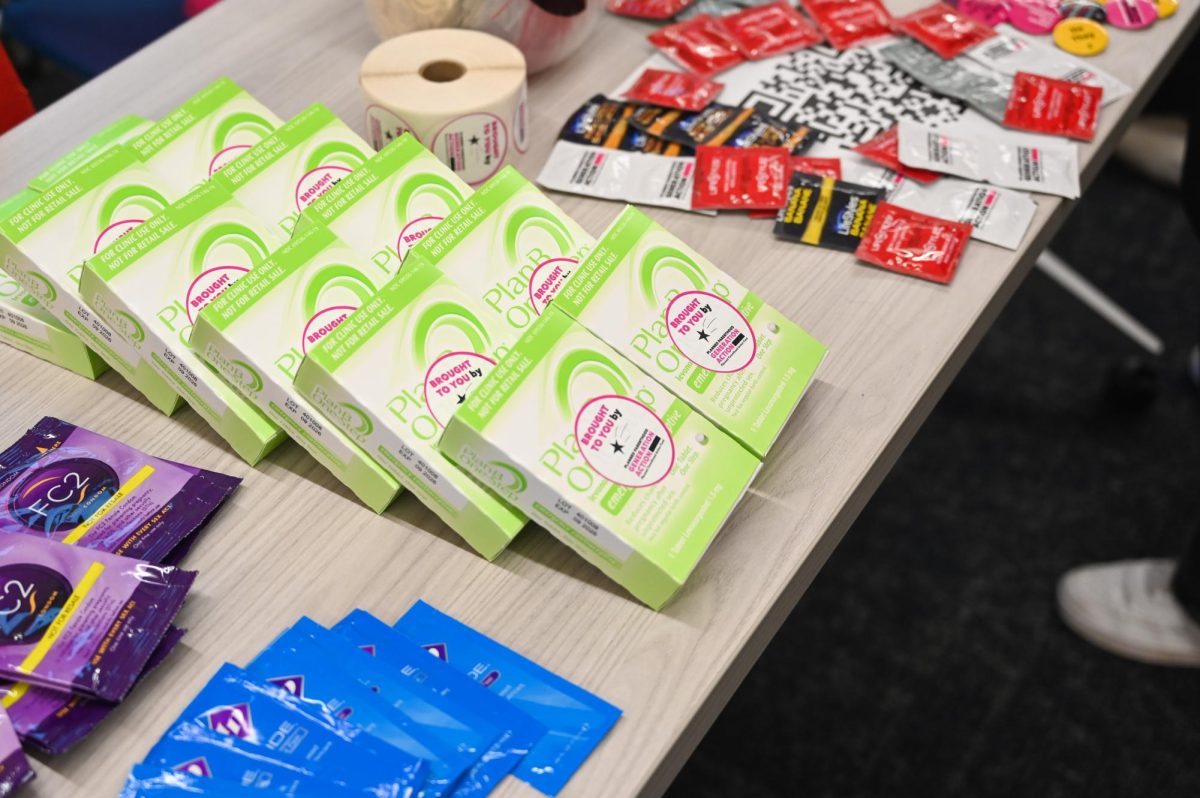
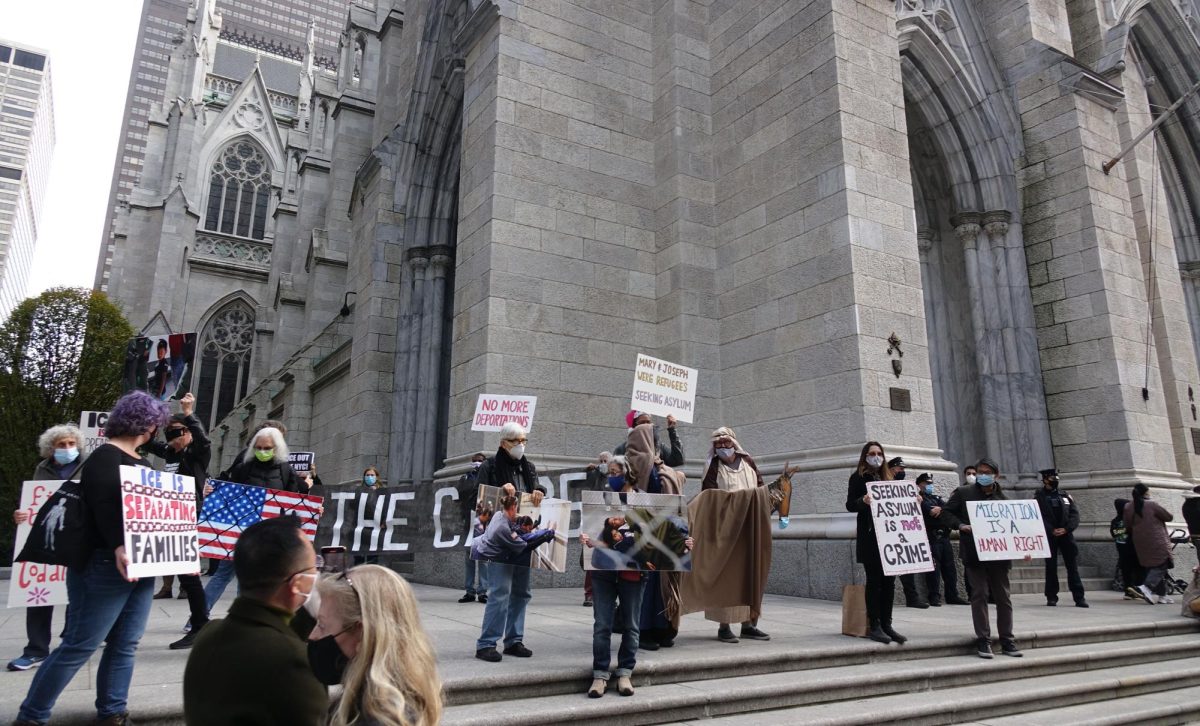
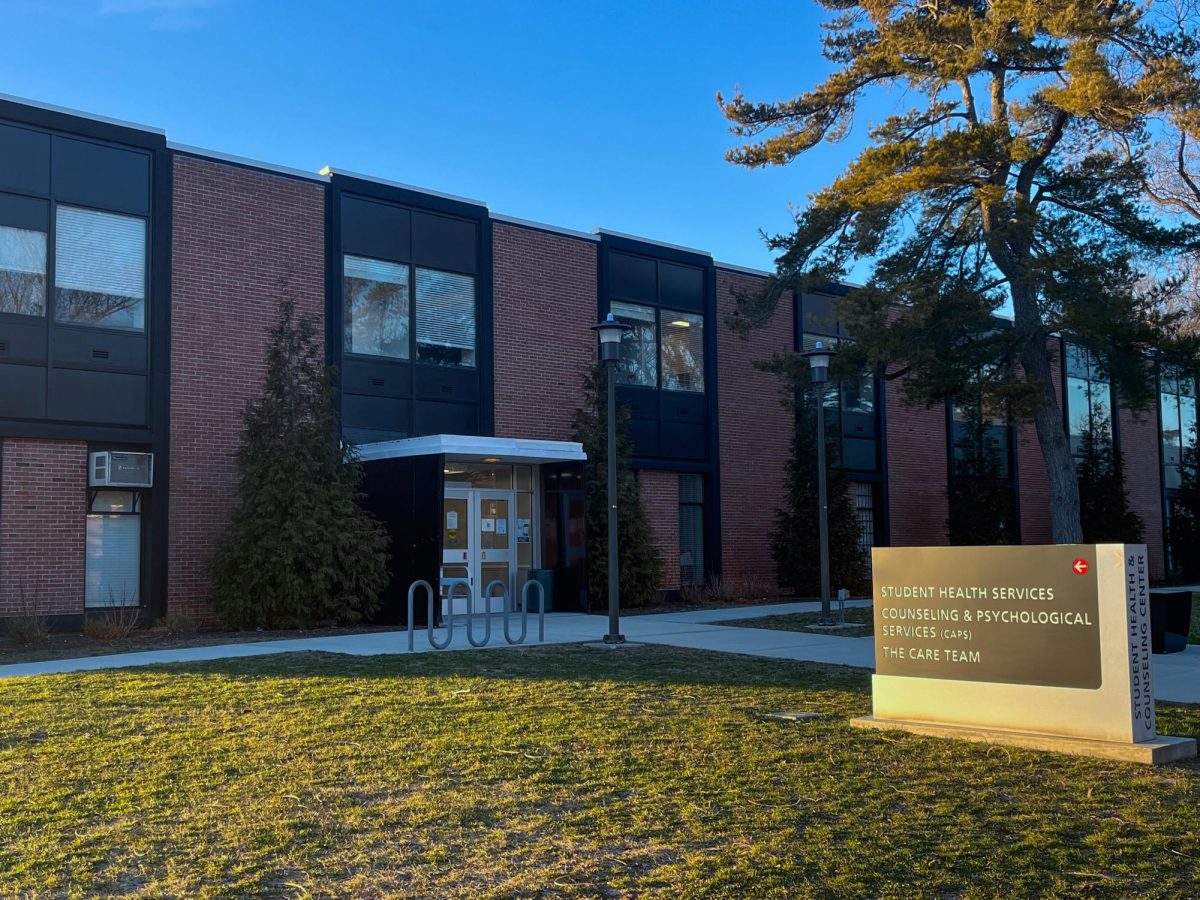
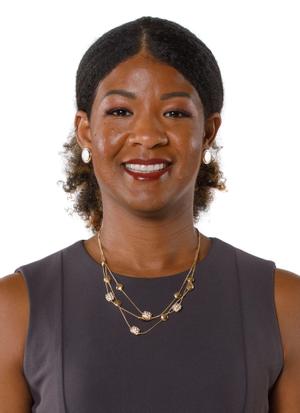
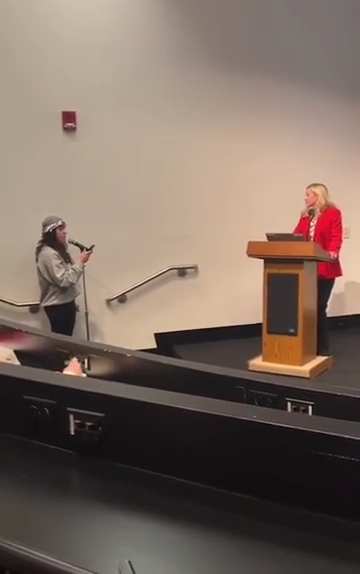
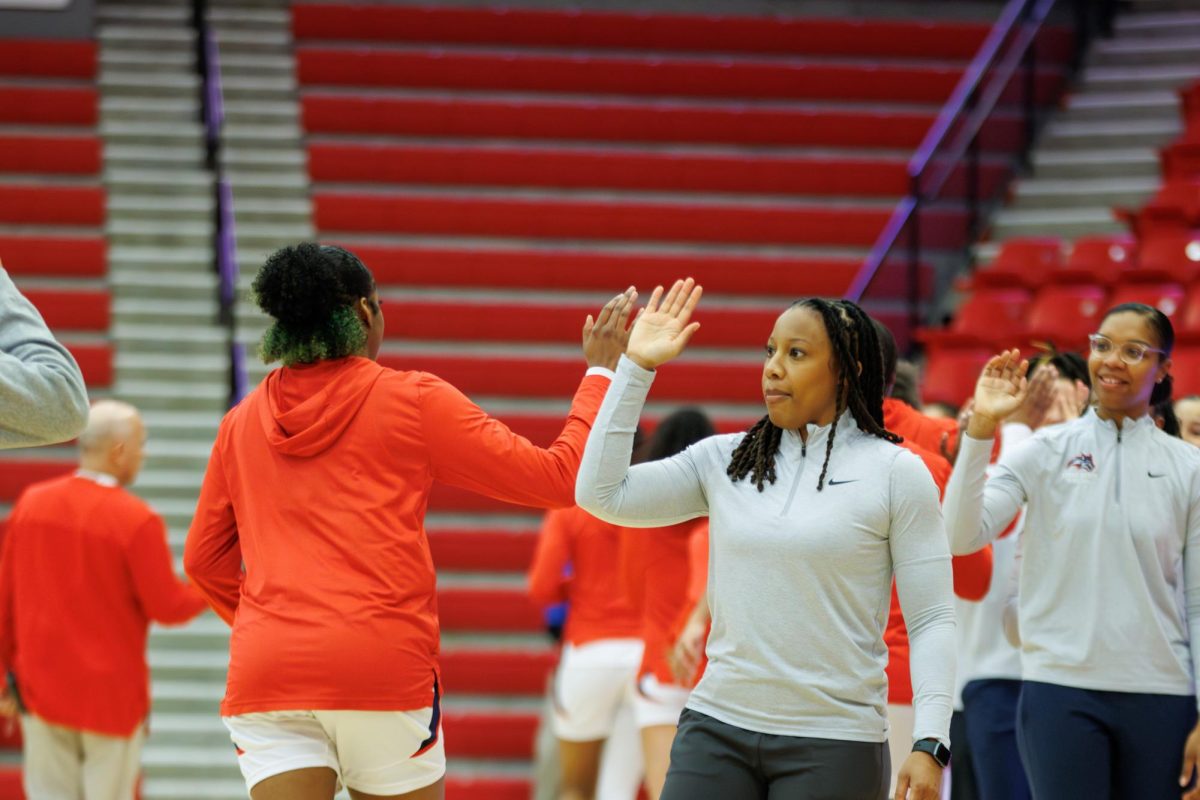
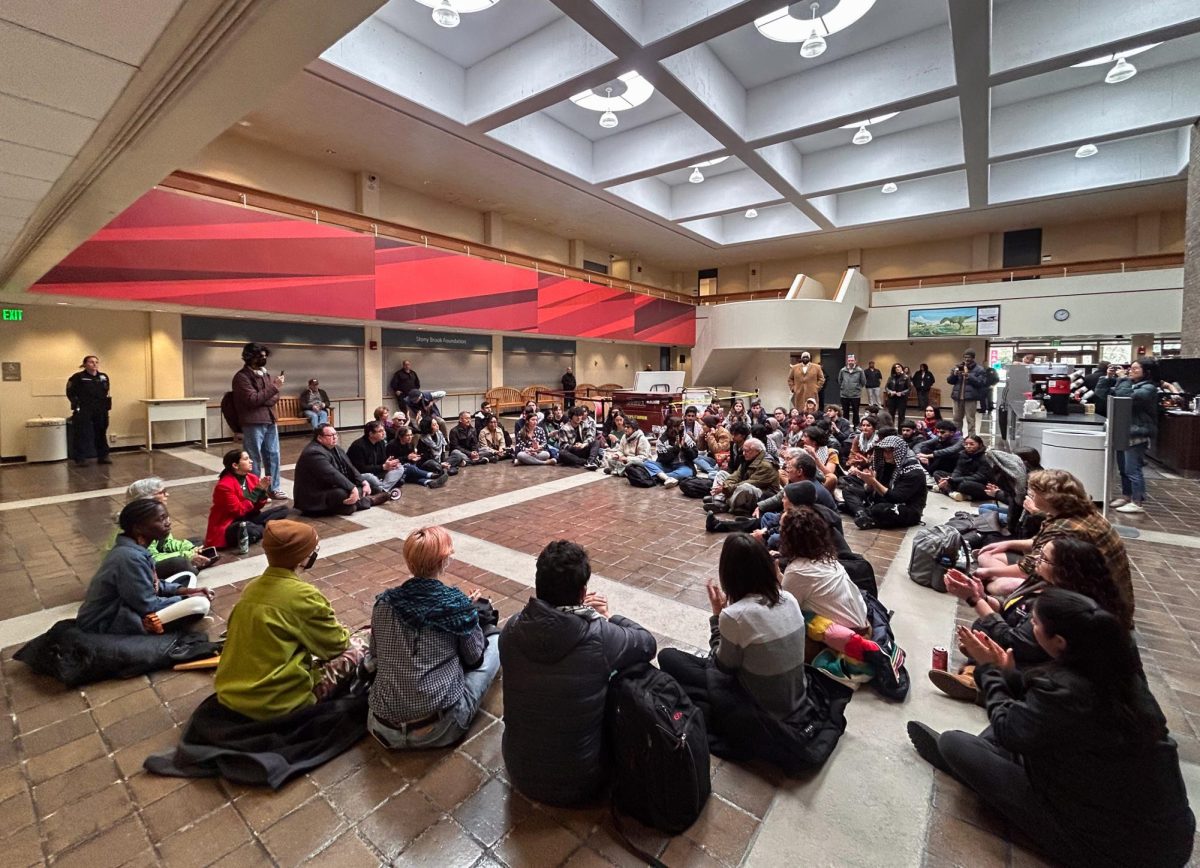
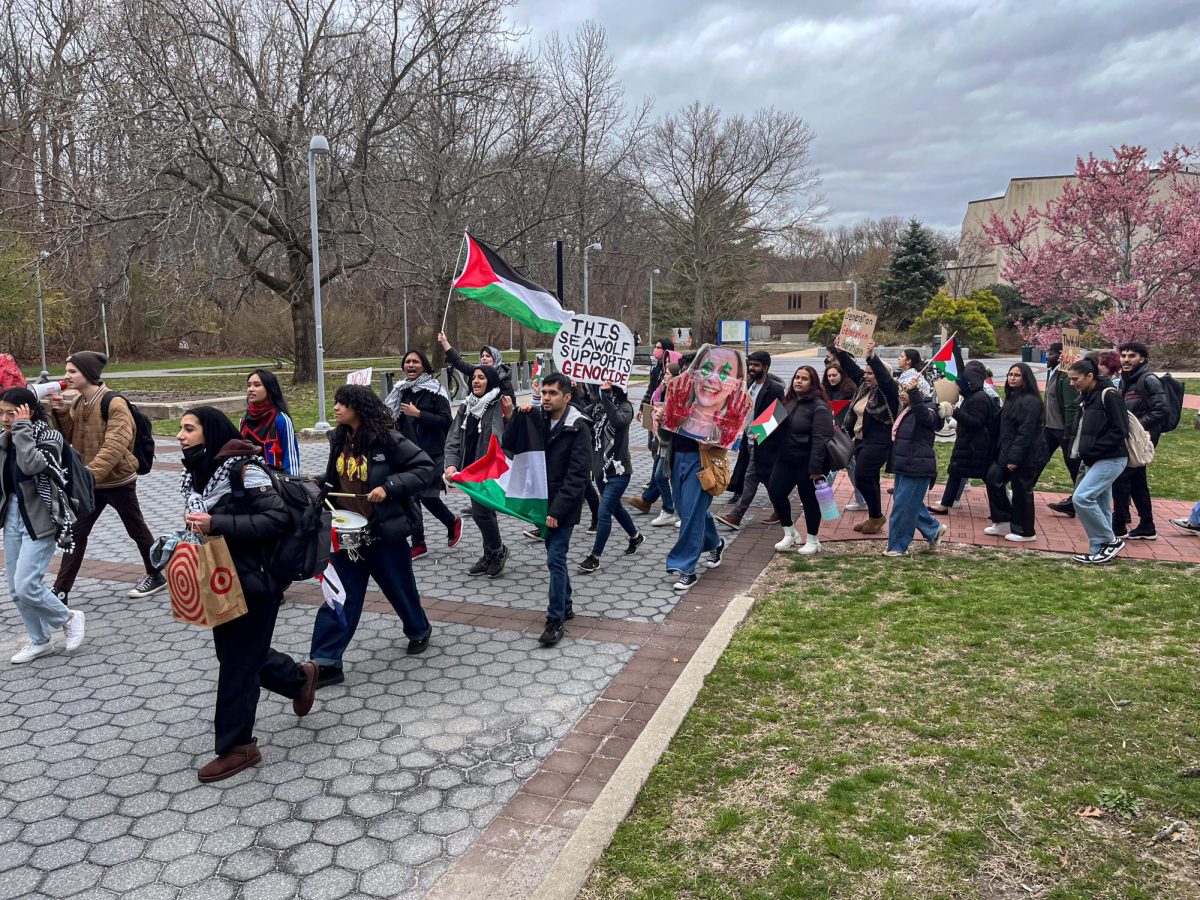
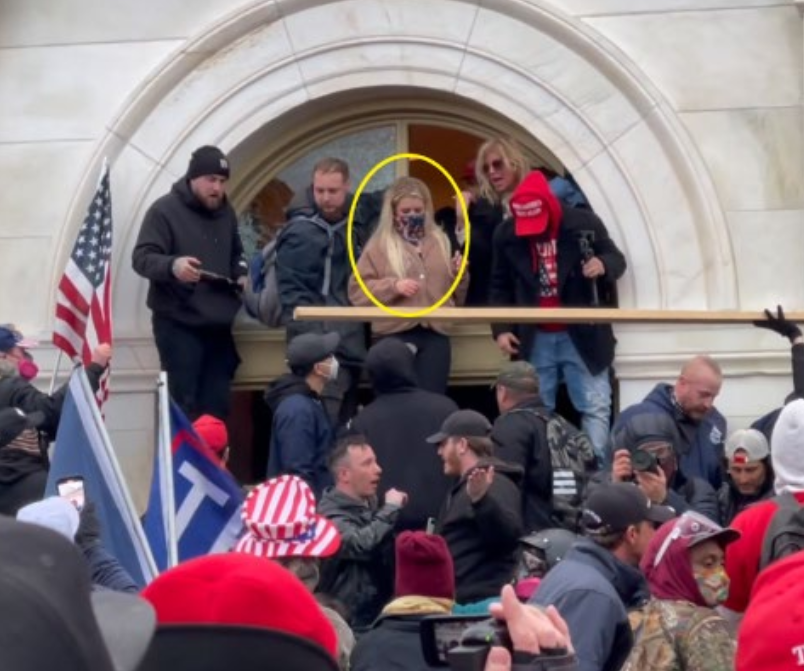

Been there, done that • Sep 10, 2019 at 2:02 am
Unfortunately, your experience with Sheprow is shared by lots and lots of alumni before you. She keeps her job because her bosses want her to do it that way. The only solution, then, is to go after those people and force a change in the culture. Which has been holding Stony Brook back for decades. They brag about being highly rated but dysfunction like this will ensure SB remains a second-rate institution.
Why the School of Journalism puts up with her and the people who back her is beyond me. If they believe in the power of the press, well, they should be backing their students a little more enthusiastically.